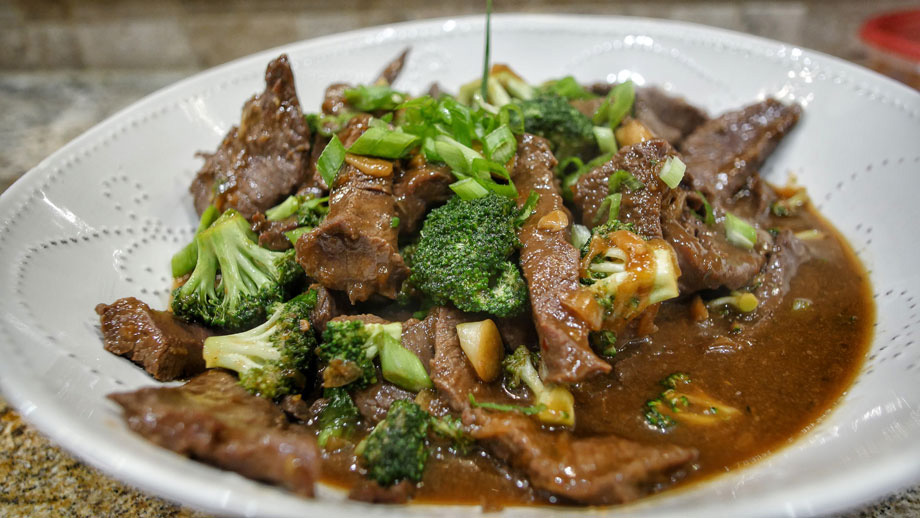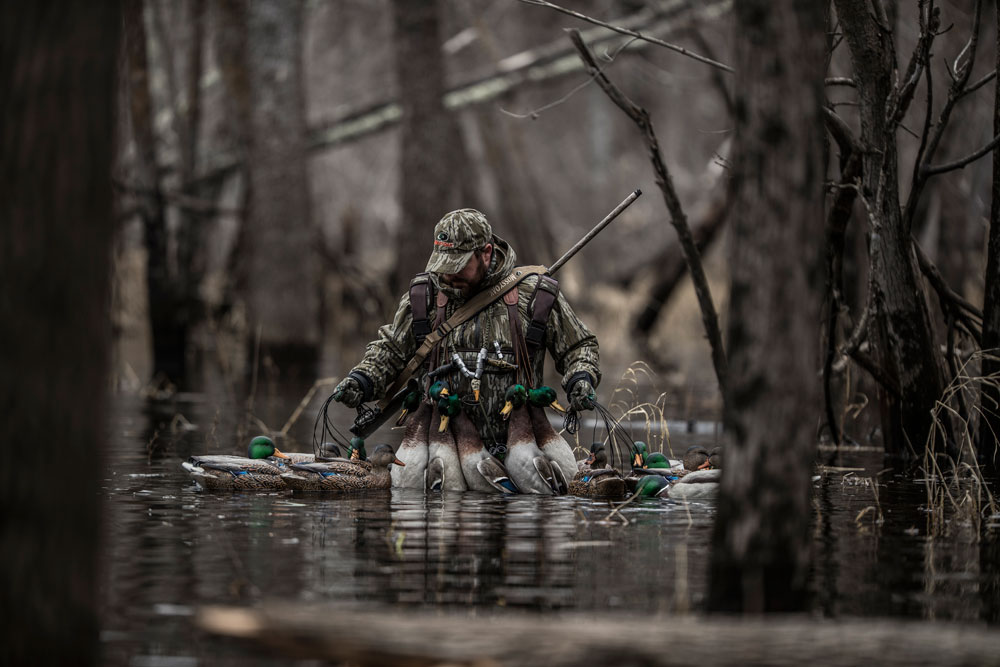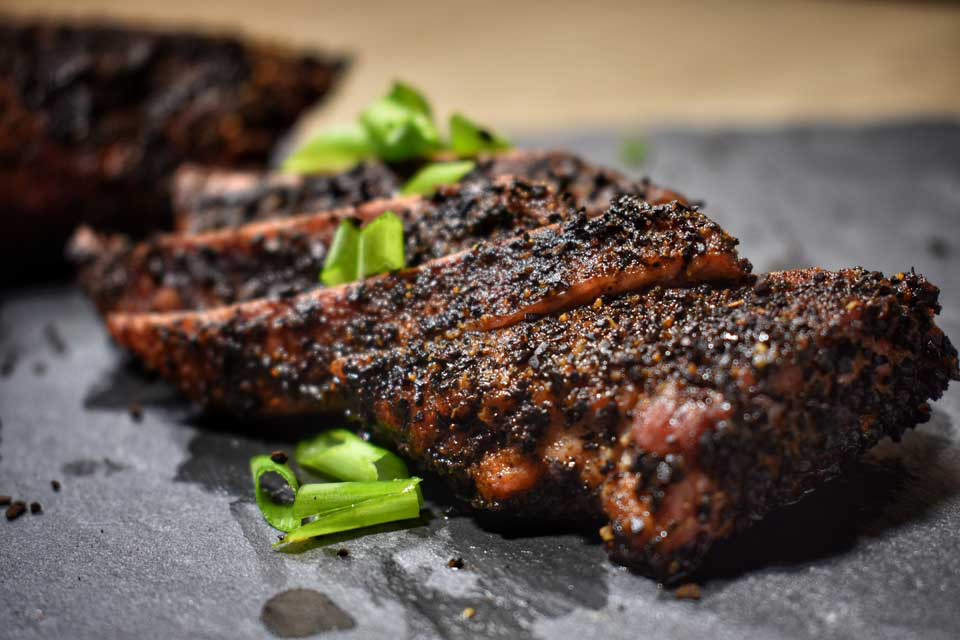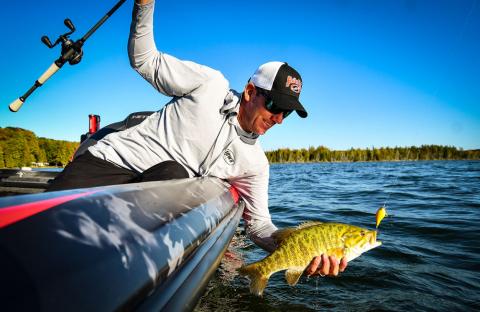If you have hunted before, you've also thought about how to cook the meat you've bagged. Although many locavores and paleo-eaters have been turning to wild game like venison, duck, or turkey over the past few years, hunters were well ahead of the game, for thousands of years cooking and eating what they killed.
The first distinction to make is between wild game and game meat. Wild game refers to meat that a hunter has hunted or trapped with a legal license; game meat is venison or duck that you buy at a store.
Wild game like venison, duck, and wild turkey is better for you, stronger tasting, and more satisfying to cook and eat.

Organic and Healthy
One of the reasons that foodies are turning to game meat and cooking wild game is that this type of meat is better for you. Chicken, beef, and pork have been getting a lot of bad press lately, and for good reasons.
Domestically raised food animals often have more saturated fat in them than game meat. Breeders and farmers also treat their food animals with growth hormones and other unnatural additives to make them bigger and fatter. The worst kind, processed meats like pepperoni or hot dogs, were categorized in 2015 as carcinogenic to humans by the W.H.O.
Many consumers are steering away from non-organic foods, and meat is one of the categories that is changing rapidly because of these trends. Wild game is an excellent alternative, as you know that these animals are 100% additive-free.
Since duck, venison, and wild turkey are always on the move, they have more lean muscle than their farmed counterparts. And the fat these meats do have is a combination of high levels of polyunsaturated fatty acids—good fats—and low levels of saturated fat.
Compared to domestic food animals, which are 25% to 30% fat, wild game is 5%. That's a significant difference!
Nutritional Breakdown

Some of the most commonly hunted animals are deer, turkey, and duck. Here's the nutritional breakdown of these popular game animals.
- Deer – A 3-ounce serving of venison has 136 calories, 26 grams of protein, and 3 grams of fat. Deer meat also has niacin, riboflavin, and iron.
- Turkey – A favorite of fall dinner tables, wild turkey is significantly leaner and gamier than the overstuffed, hormone-enhanced turkeys you see at stores around Thanksgiving. For a 3-ounce serving, wild turkey has 163 calories with a whopping 26 grams of protein and only 1 gram of fat.
- Duck – Another hunter's favorite, ducks are fun to hunt and delicious to eat. With a 3-ounce serving of skinless duck meat, you get 102 calories, 16 grams of protein, 4 grams of fat, and only 16 milligrams of cholesterol.
Taste Tips
The taste of wild game depends on the age and sex of the animal, what time of year you bagged it, and what you do with it after the kill. A buck taken while in rut will be much tougher and gamier than it would have been a couple of months prior, for example.
A deer or elk must cool after you kill it. The meat must be hung for a minimum of 24 hours and up to 7 days. To avoid a gamey taste, clean and separate the meat from the carcass as thoroughly as possible.
Some critics note that duck often has a distinctive gamey taste. Soaking the meat in saltwater or milk overnight often softens it and removes the strong flavor.
Cooking Process
Overcooking any meat that has less fat and more muscle results in tough or dry meat, so you must be attentive in the kitchen. With venison, especially, it is critical to watch the clock and take the meat's temperature regularly to ensure the correct cooking time.
A sure-fire way to avoid overcooking is to use the sous vide cooking technique, in which the game meat is vacuum-sealed and cooked low and slow in a large pot of water. This method allows you to control the internal temperature until you hit that perfect 135-degree zone.
However, searing, grilling, roasting, or slow cooking are all techniques that work well with wild game meat. Venison and duck both taste best when served a little pink. On the other hand, if you're cooking bear meat, you have to make sure you cook it thoroughly, as bears can carry trichinosis, which is caused by roundworms.
Wild Game Recipes

You can treat wild game much like you would a cut of beef or pork you would buy from the supermarket. Seasoning with simple spices like salt and pepper, additions such as onions and garlic, and marinades or rubs all work well when cooking wild game. Wild game does have a strong flavor, so a little seasoning or brining goes a long way.
Some of the most popular wild game recipes closely mimic what you might do with chicken breasts or ground beef. The addition of ground venison adds an extra dimension to a smoky chili made from chili powder, dark beer, tomatoes, cumin, and jalapeños.
If you have a more substantial cut like a backstrap medallion or flank steak, marinate them for up to a week. One peculiar thing about marinating venison is that the marinade will not soften the silverskin or connective tissue of the meat, so you must trim this off before putting the meat in the marinade bag.
For duck breast, marinating them in teriyaki or a similar sauce and then searing them on a grill makes a beautiful dish on a bed of wild rice. For wild turkey, the trick, after you've adequately aged and soaked the meat, is to include a lot of liquid while you're cooking it so it remains moist.
Final Thoughts
However you're cooking your wild game, know that what you're eating is nutritionally better. It's also uncontaminated by growth hormones or other chemicals. As a hunter, nothing beats eating the meat that you bagged a week ago.

Need wild game meat for a recipe you've been wanting to try? Check out GameKeeper Butchery. GameKeeper Butchery is dedicated to procuring the finest assortment and highest quality of specialty meats from the United States and around the world. Our commitment is to deliver the safest, freshest and most wholesome products.



























